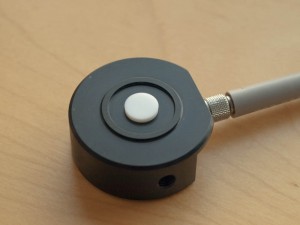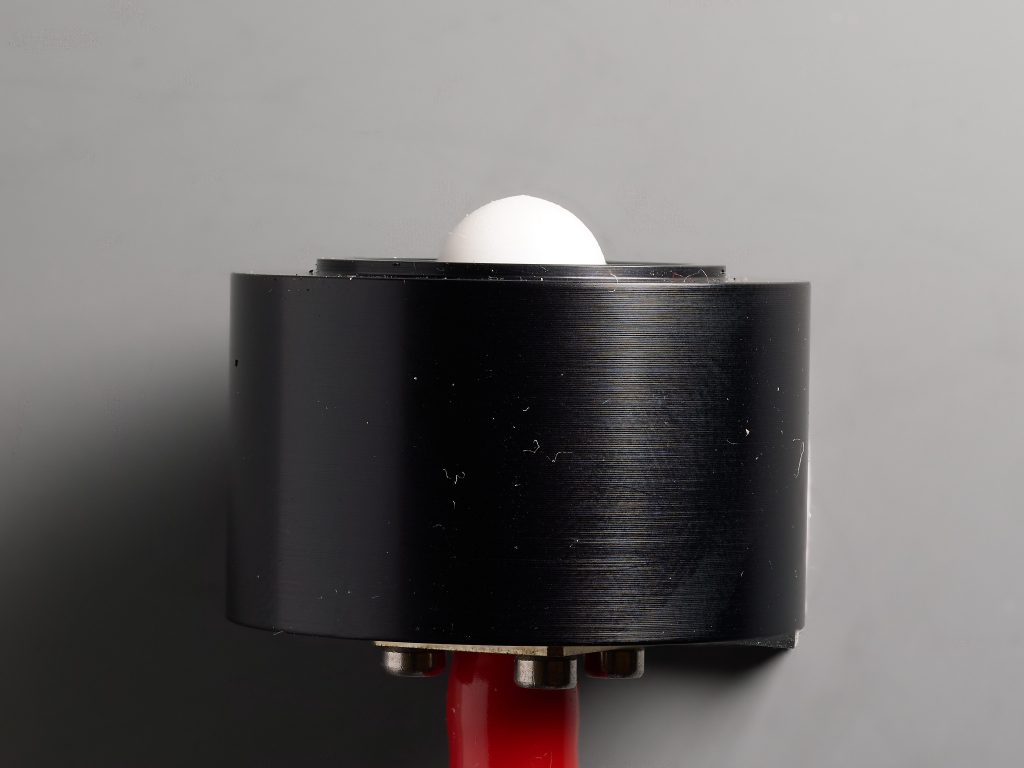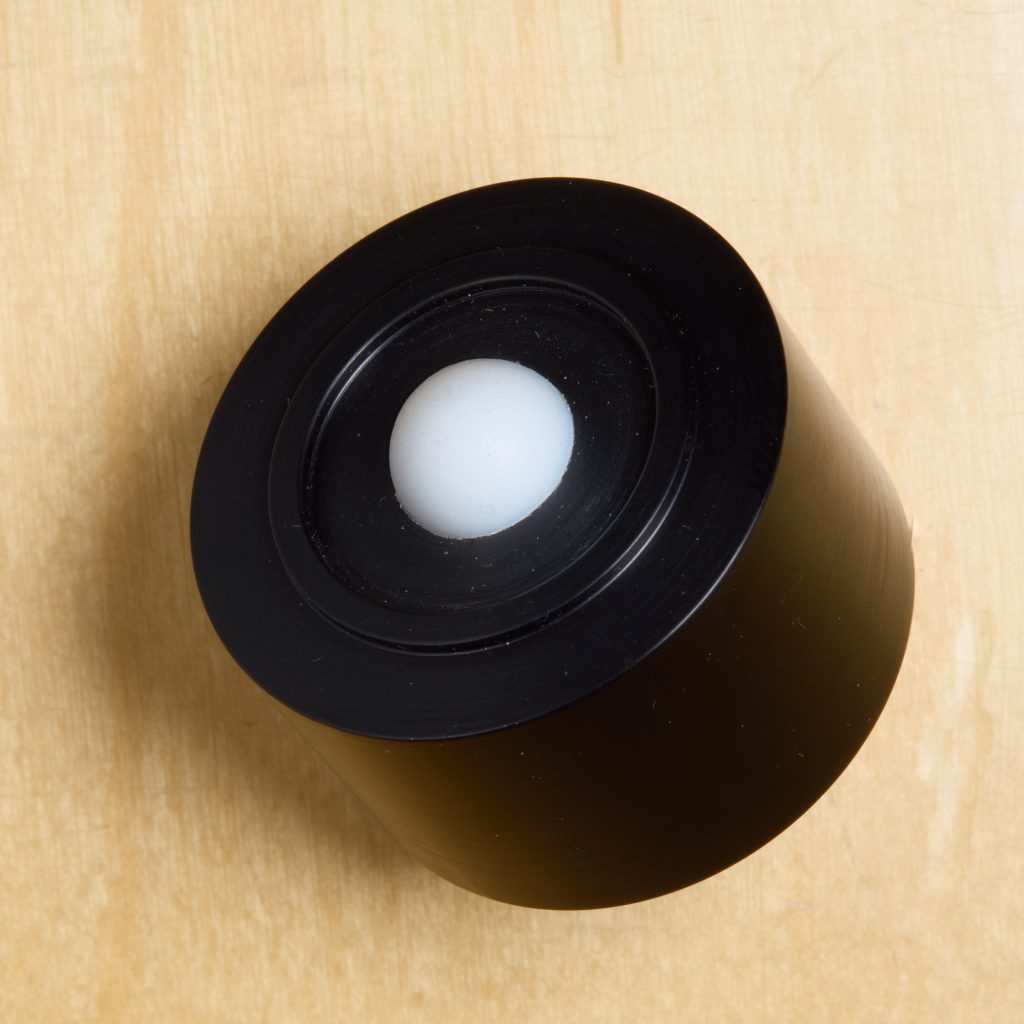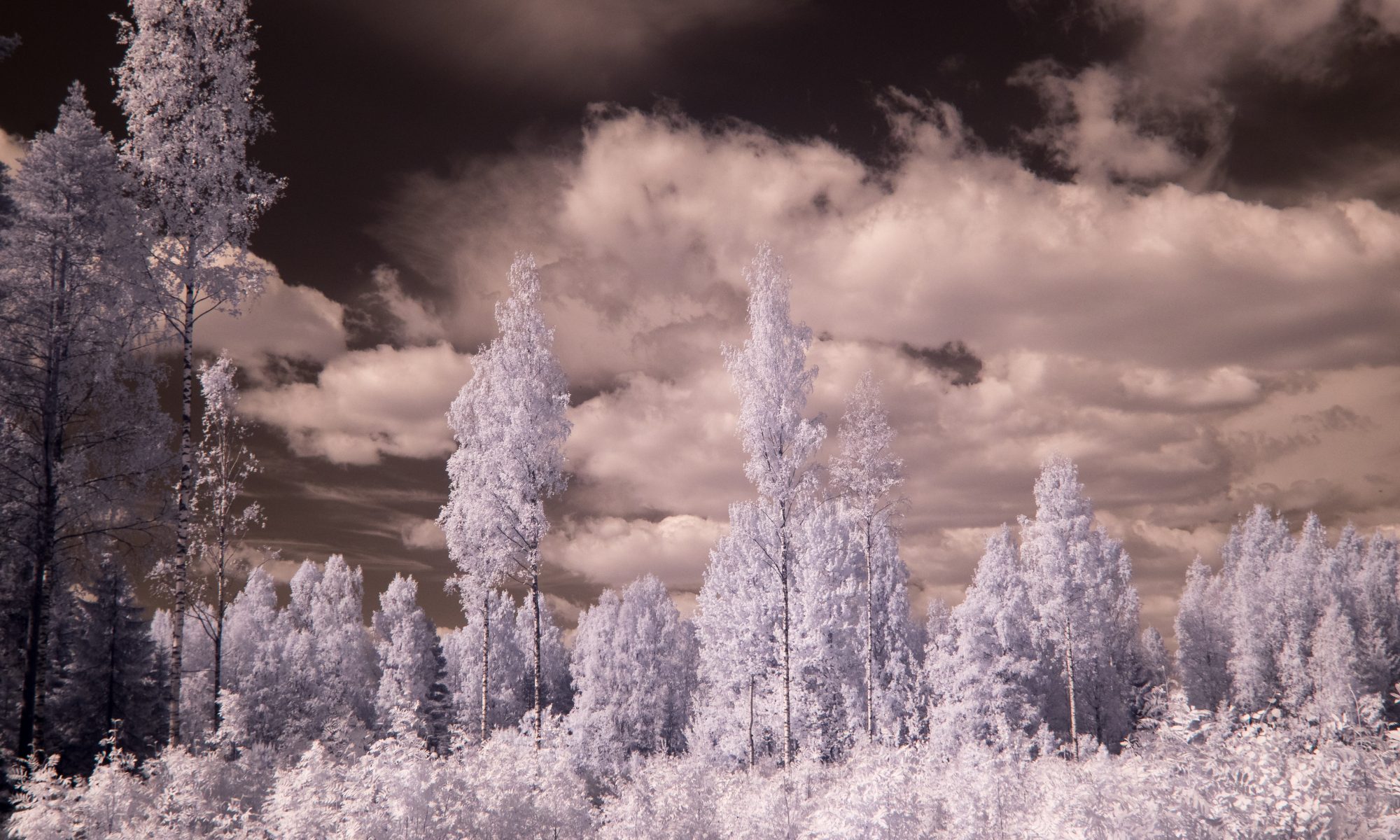
The problem
Irradiance or spectral irradiance on a horizontal plane is normally used to quantify energy or photons available for photosynthesis. Similar measurements of irradiance in narrow bands of the spectrum or spectral irradiance measurements are used to characterize radiation features perceived by plant through photoreceptors.
In the case of photosynthesis this makes some sense if we assume that a crop field is like a large horizontal leaf. In a closed canopy this assumtion may hold but in a canopy that does not fully cover the ground, the angle at which light is incident affects the fraction of the irradiance that is intercepted by foliage. How big this effect is depends on the structure of the canopy and with crops planted in rows, also on the orientation of the rows.
Is this all? No, light penetration, and thus the partition of the incident irradiance among leaves at different depths within a canopy depends on scattering as well as on the angle of incidence. Thus plant canopies do not behave optically as large flat light collecting surfaces.
If we consider individual plants, it is obvious that they are not flat horizontal light collectors with their multiple leaves displayed at various angles in 3D space. Leaves are the main site of photosinthesis, but considering photoreceptors, sensing is not restricted to leaves, as buds and elongating stems play a key role.
What about individual leaves? Do flat leaves behave optically as flat featureless surfaces? Probably nearly so, but not quite, especially in the case of leaves with a shinny reflective cuticle. Irradiance measured on a plane parallel to the leaf surface is relevant. Buds and stems are not flat.
Possible solutions
Can we do any better than just measuring irradiance or spectral irradiance on a horizontal plane? We can measure the diffuse component of daylight by occluding the solar disk, using shade bands (with position manually adjusted every couple of days) or solar tracking shade disks (motor driven). Usually used with pyranometers, but could be adapted to other sensors. Available ones are large in size, but a manually positioned shading disk contraption could be easily built and used with any existing cosine diffuser.
Alternatively, we can use sensors containing multiple detectors and a static shading structure. Available as irradiance sensors. These sensors require that all (seven) detectors are exposed to uniform irradiance, thus these sensors can be used only above a vegetation canopy.
All the approaches described above measure irradiance, using diffusers or detectors whose response to light beams at an angle are weighted by the cosine of the angle, i.e., they behave as a flat light collector.
Individual plants within a sparse canopy, capture light on leaves at multiple orientations, almost never only with horizontal leaf surfaces. Irradiance on a horizontal plane quantifies the available energy or photons per unit ground area, not the light available to isolated plants. While an ideal cosine difusser weights incoming radiation according to the cosine of the angle of incidence, a theoretical spherical difusser gives the same weight to radiation incoming from any angle in 3D space. A hemispherical diffuser is just half a sphere, which in terrestrial systems is usually enough and easier to design and make.


The Bentham difussers are normally used as entrance optics of spectrometers. We will also build a shading disk so that we can measure diffuse spectral irradiance. These diffusers could be easily adapted to work as broadband sensors as we have already discussed with Bentham Instruments technical staff.
While our two types of diffusers provide differently weighted summaries of radiation, a much more complex and expensive spectrometer has been built by Gunther Seckmeyer and colaborators capable of measuring spectral radiance for more than 100 directions within 1 s. Radiance, is a 3D spatially resolved quantification of incoming radiation expressed per unit solid angle, in the case of this new instrument, describing the sky hemisphere.
Planned measurements
Spectral measurements above the vegetation canopy of total and diffuse components of daylight are planned for the coming Spring and Summer of 2023. These measurements will be done in Viikki using Maya 2000 Pro array spectrometers. I am looking for a M.Sc. student willing to do a thesis or intership in this project. M.Sc. students enrolled in any study program with a connection to plants (IPS, EEB, AGRI, FOR, ENV), meteorology or physics are welcome to discuss the possibilities.
As part of a collaboration, Maxime Durand and his research group will also use the diffusers and spectrometers to measure light conditions within plant canopies.
